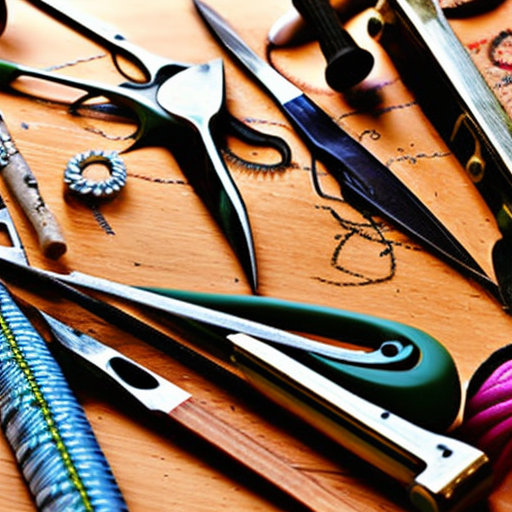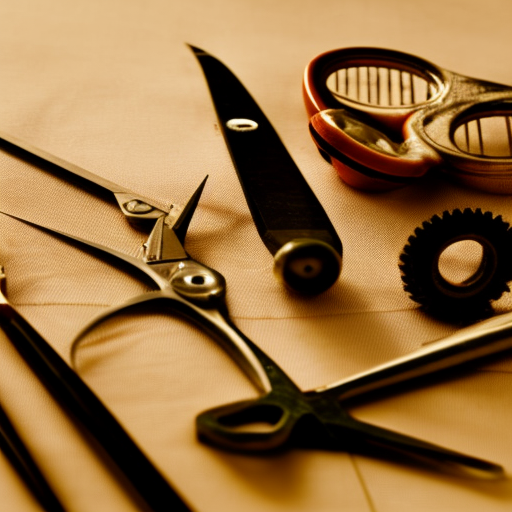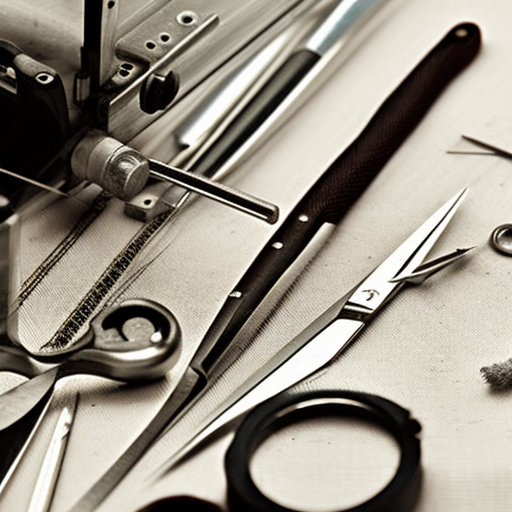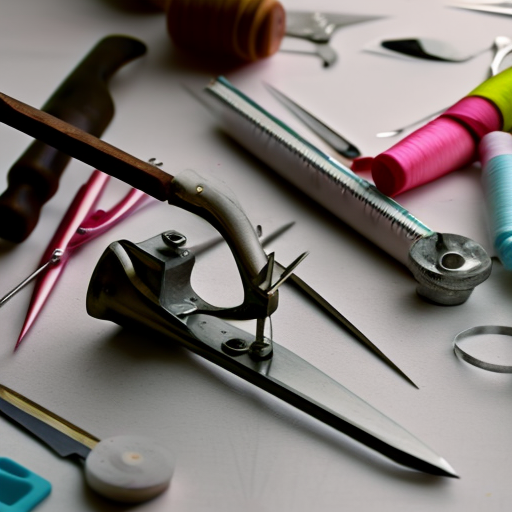Sewing is a beloved hobby for many. It allows us to create unique and beautiful items with our own hands. But, with every hobby, comes the need for organization and proper tools. This is where a sewing tool roll pattern comes in handy.
A sewing tool roll is a compact and convenient way to store all your essential sewing tools in one place. It’s a great solution for those who are always on the go or have limited sewing space. It also prevents your tools from getting lost or damaged.
If you’re a beginner in sewing, you might be wondering what tools you need to have in your sewing tool roll. The basic tools include scissors, measuring tape, thread, needles, pins, seam ripper, and a marking tool. These tools are essential for almost any sewing project.
Why Use a ?
There are several reasons why using a sewing tool roll pattern is beneficial:
- Efficiency: A tool roll keeps your tools organized and easily accessible. This saves you time and effort in searching for the right tool when you’re in the middle of a sewing project.
- Space-saving: Not everyone has a dedicated sewing room. A tool roll takes up minimal space and can easily be stored in a drawer or hung on a wall.
- Protection: Sewing tools can be delicate and easily damaged. A tool roll keeps them safe and prevents them from getting lost, especially when traveling.
- Customization: With a sewing tool roll pattern, you have the freedom to customize it to fit your specific needs. You can adjust the size and number of pockets to accommodate your tools.
- Durability: Investing in a good quality fabric and making your own tool roll allows you to create a sturdy and long-lasting organizer.
How to Make a Sewing Tool Roll
Now that you know the benefits of using a sewing tool roll pattern, let’s dive into the process of making one:
- Gather your materials: You will need fabric, a ruler, scissors, pins, sewing machine, and your essential sewing tools to take measurements.
- Cut the fabric: Cut two identical pieces of fabric, one for the outside and one for the lining. The fabric should be two inches longer than the longest tool and four inches wider than the total width of all your tools placed side by side.
- Iron and fold: Iron your fabric to remove any wrinkles. Then, fold each piece in half, with the right sides facing inwards.
- Mark and sew: On the lining fabric, mark where you want the pockets to be. Then, sew along those lines to create pockets, leaving enough space in between for your tools to slide in.
- Attach the strap: Cut a 10-inch strap from your leftover fabric. Fold it lengthwise and sew it onto the middle of the lining fabric. This will become the tie to keep your tool roll secure.
- Sew the outer layer: Place the outer fabric with the right side facing up. Place the lining fabric on top, with the right side facing down. Pin around the edges, leaving a small opening for turning. Sew around the edges, making sure to reinforce the strap area.
- Finish it off: Turn the tool roll right side out through the opening and stitch the opening closed. Flatten and topstitch the edges of the tool roll to give it a more polished look.
Congratulations, you now have a functional and personalized sewing tool roll to keep your tools organized!
In Conclusion
A sewing tool roll is a must-have for any sewing enthusiast. It is a practical and efficient way to store and protect your essential sewing tools. By using a sewing tool roll pattern, you have the flexibility to customize it according to your needs and create a durable organizer. So, why not give it a try and see the difference it makes in your sewing journey?
Remember, a well-organized sewing space leads to more enjoyable and efficient sewing sessions. Happy sewing!






Lovely idea! #sewing #crafts
Karen Tyler: Can’t wait to sew one of these!
This pattern looks like a great way to organize sewing supplies so they are easy to find and transport. Not only is it practical, but the finished product is also very cute! #sewing #crafts
Love this pattern – so useful! #crafting #DIY
Wonderful way to stay organized and crafty! #sewing #DIY